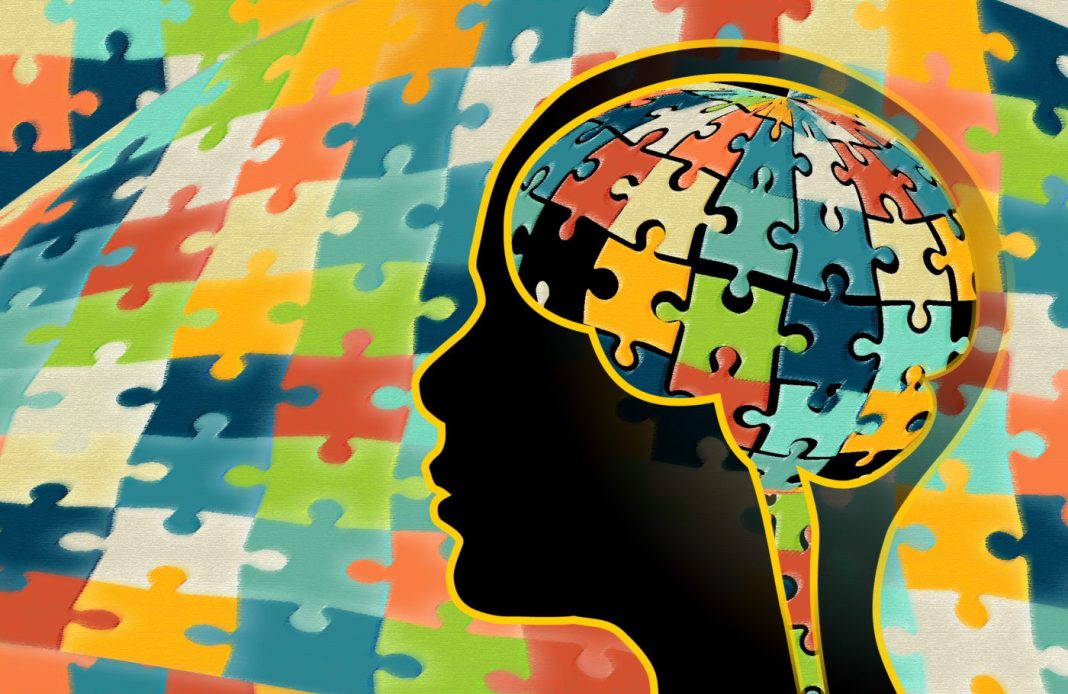Research in mice by scientists at Children’s Hospital of Philadelphia (CHOP) has demonstrated that autism spectrum disorder (ASD) may be caused by defects in the mitochondria of brain cells. Their findings point to the potential to develop metabolic therapies as a potential treatment strategy for at least some ASD patients. “Our study shows that mild systemic mitochondrial defects can result in autism spectrum disorder without causing apparent neuroanatomical defects,” noted Douglas C. Wallace, PhD, director of the Center for Mitochondrial and Epigenomic Medicine and the Michael and Charles Barnett endowed chair in pediatric mitochondrial medicine and metabolic diseases at CHOP. “These mutations appear to cause tissue-specific brain defects. While our findings warrant further study, there is reason to believe that this could lead to better diagnosis of autism and potentially treatments directed toward mitochondrial function.”
Wallace, together with Eric D. Marsh, MD, PhD, attending pediatric neurologist, division of child neurology at CHOP, are co-senior authors of the researchers’ published paper in the Proceedings of the National Academy of Sciences (PNAS), which is titled “An mtDNA mutant mouse demonstrates that mitochondrial deficiency results in autism endophenotypes.” Autism spectrum disorders are characterized by deficits in social communication, pathologic repetitive behaviors, restricted interests, and abnormal electroencephalogram (EEG), although patients can also have an array of additional symptoms, the authors wrote. “ASD has a prevalence in the United States among 8-y-old children of 1 in 54 with the incidence in males being 1 in 34 and females 1 in 145,” which is a male-to-female ratio of about 4:1.
Multiple studies have revealed hundreds of mutations associated with autism spectrum disorder, but there is no consensus as to how these genetic changes cause the condition. Biochemical and physiological analyses have suggested that deficiencies in mitochondria, the “batteries” of the cell that produce most of the body’s energy, might be a possible cause. Recent studies have shown that variants of mitochondrial DNA (mtDNA) are associated with autism spectrum disorder. “ASDs have increasingly been associated with mitochondrial dysfunction, corroborated by reports that mtDNA germline and somatic variants are found in ASD patients,” the CHOP investigators noted. Wallace added, “Autism spectrum disorder is highly genetically heterogeneous, and many of the previously identified copy number and loss of function variants could have an impact on the mitochondria.”
The team hypothesized that if defects in the mitochondria do predispose patients to ASD, then a mouse model in which relevant mtDNA mutations have been introduced should present with autism endophenotypes; measurable traits similar to those seen in patients. For this model, the traits related to autism included behavioral, neurophysiological, and biochemical features. To test their hypothesis, the researchers—including co-first authors Tal Yardeni, PhD, and Ana G. Cristancho, MD, PhD—introduced a mild missense mutation in the mtDNA ND6 gene into a mouse strain. “If mitochondrial defects can generate ASD, then specific mtDNA mutations should induce ASD endophenotypes in mice,” they wrote. “To test this prediction, we examined a mouse strain harboring an mtDNA ND6 gene missense mutation (P25L).”
They found that mice harboring the mutation did exhibit impaired social interactions, increased repetitive behaviors, and anxiety, all of which are common behavioral features associated with autism spectrum disorder. The researchers also noted aberrations in EEG, more seizures, and brain-region specific defects on mitochondrial function. “These endophenotypes correlate with impaired cortical and hippocampal mitochondrial respiration and increased reactive oxygen species (ROS) production,” they wrote. Interestingly, despite their observations, the researchers found no obvious change in the brain’s anatomy. The collective findings suggested that mitochondrial energetic defects might to be sufficient to cause autism.
“These data demonstrate that mild systemic mitochondrial defects can result in ASD without apparent neuroanatomical defects and that systemic mitochondrial mutations can cause tissue-specific brain defects accompanied by regional neurophysiological alterations,” the authors concluded. “Thus, in at least some ASD cases mitochondrial defects may be important contributors to ASD manifestations.” They say that the findings also argue against ASD being “exclusively” a disorder of neuronal development. “Given that mild mitochondrial defects can account for the genetic complexity, neuronal-specific manifestations, and response to environmental challenges of ASD, mitochondrial bioenergetic defects could provide a unifying hypothesis for the pathophysiology of at least a portion of ASD.”
The team said their conclusions also provide hope for the future treatment of ASD. If the disorder was caused by a defect during neuronal development that then caused “an aberrant neuronal wiring diagram,” then repair might be difficult, they acknowledged. However, if ASD is due to mild mitochondrial inhibition that impairs how neurons function, then, they suggested, “it is possible that metabolic therapies may provide viable therapeutic interventions for some ASD patients.”



